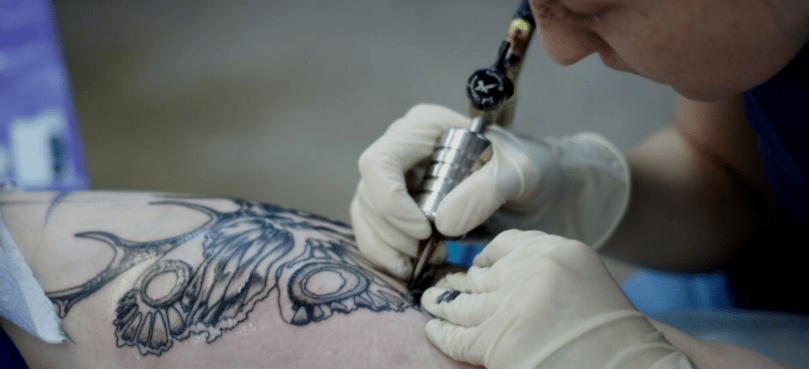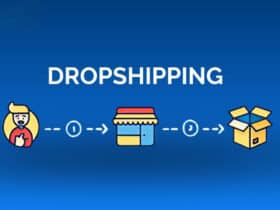Digital display advertising has grown to an enormous scale, yet many businesses still rely on outdated, manual media buying, an approach that simply can’t keep up with today’s fast-moving digital landscape. Programmatic display advertising changes that. It’s the automated process of purchasing ad space and ad impressions through advertising technology and ad platforms, often powered by real-time bidding and algorithmic tools.
For modern digital marketing teams, programmatic isn’t optional: it’s essential. Its efficiency, scalability, and advanced ad targeting capabilities make it one of the most effective ways to reach the right audience at the right moment, across today’s diverse digital channels.
How the Programmatic System Works
At the heart of programmatic display advertising is real-time bidding (RTB): the engine that powers automated digital media buying. RTB occurs every time an available ad impression is detected. Within milliseconds, a real-time auction is triggered across multiple ad exchanges. Demand side platforms (DSPs) place bids based on the advertiser’s targeting and budget, and the highest bidder wins. The winning ad creative is instantly served as a display ad, video ad, or other supported ad format.
This system relies on several key players in the programmatic tech stack. Demand side platforms (e.g., Google Display & Video 360, Amazon DSP, or The Trade Desk) act as the advertiser’s command center. Here, businesses set their ad spend, audience signals, bidding strategy, and campaign management rules. On the publisher side, supply side platforms (SSPs) manage available ad inventory and pass it into ad exchanges, where real-time auctions take place. The ad exchange is essentially the marketplace that connects DSPs with SSPs to facilitate seamless buying and selling.
Beyond RTB, businesses can also purchase premium ad placements through programmatic guaranteed or private marketplace (PMP) deals. These programmatic direct methods offer more control, negotiated pricing, and brand-safe environments which are ideal for high-value advertising campaigns.
Key Benefits and Optimization
Programmatic display advertising delivers a powerful combination of precision, automation, and scale. One of its core strengths is audience targeting. Instead of buying ad placements based solely on websites or general categories, programmatic advertising uses rich data sources (e.g., first-party data, customer data, audience signals, and even contextual targeting) to reach highly specific user profiles. This ensures ads appear in front of the right people at the right moment, reducing wasted impressions and improving efficiency.
Behind the scenes, artificial intelligence (AI) and machine learning continuously analyze performance data to optimize bids, budgets, and ad placements. These algorithmic tools help improve key metrics like click-through rate (CTR) by learning which audiences engage most, which creatives perform best, and which ad placements drive the highest value.
The programmatic method also offers unmatched creative flexibility and scale. Businesses can go far beyond standard banner ads, delivering video ads, native display, interactive formats, and even dynamic ads that automatically adjust based on user behavior. The ecosystem also spans multiple screens, including connected TV (CTV), mobile apps, desktop browsers, and digital out-of-home (DOOH) environments, giving advertisers the ability to maintain consistent visibility across the full digital marketing funnel.
Finally, the programmatic approach provides strong measurement and campaign management capabilities. With real-time reporting, businesses can track impressions, conversions, audience reach, and spend allocation, making it easier to refine strategies and maximize return on ad spend. This level of transparency allows marketers to make smarter, data-driven decisions throughout their advertising campaigns.
Challenges and Future Considerations
As programmatic display advertising grows more sophisticated, businesses must navigate several challenges to maintain quality and trust. Brand safety remains a top priority, requiring tools and settings that prevent ads from appearing alongside inappropriate, harmful, or low-quality content. At the same time, ad fraud (e.g., bots and invalid traffic) continues to threaten ad spend efficiency. Partnering with reputable ad verification companies and viewability companies is essential to reduce these risks. Equally important is viewability, which ensures a display ad is actually seen by a real user, not just served on a page.
The industry is also undergoing a massive data-privacy transformation. With stricter privacy laws and the decline of third-party identifiers, advertisers must shift toward privacy-compliant strategies. This includes relying more heavily on first-party data and secure environments such as data clean rooms and customer data platforms (CDPs) to manage customer information responsibly. In parallel, contextual targeting has re-emerged as a powerful way to reach users based on the content they’re consuming rather than personal identifiers.
These shifts challenge advertisers to be more intentional, transparent, and strategic, which in turn sets the stage for a more privacy-conscious yet highly effective programmatic future.
Conclusion
Programmatic display advertising is no longer a nice-to-have: it’s the standard for modern digital media buying. Its automation, precision targeting, and real-time optimization capabilities make it one of the most effective ways to reach audiences at scale. For businesses still relying on manual processes, now is the time to transition to data-driven, automated systems that maximize ad spend and improve campaign performance.
Success in programmatic requires continuous refinement, from smarter use of first-party data to ongoing A/B testing and adaptation. As the digital landscape evolves, programmatic remains the most efficient path to long-term advertising growth.

















Active Noon Media is the largest local to national digital media website that represents the voice of the entire nation.